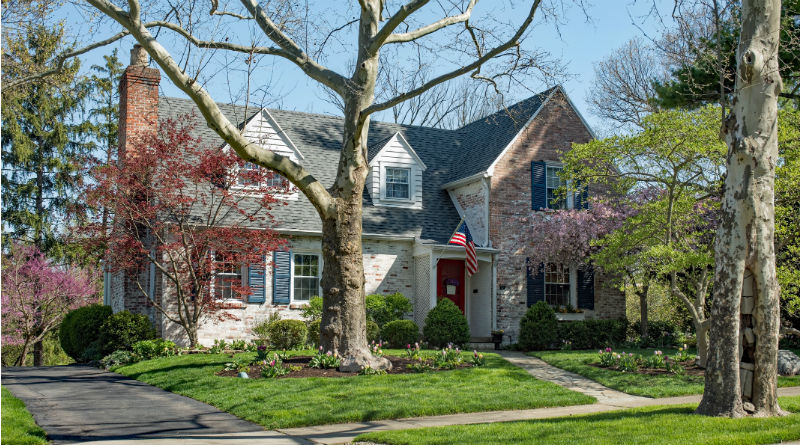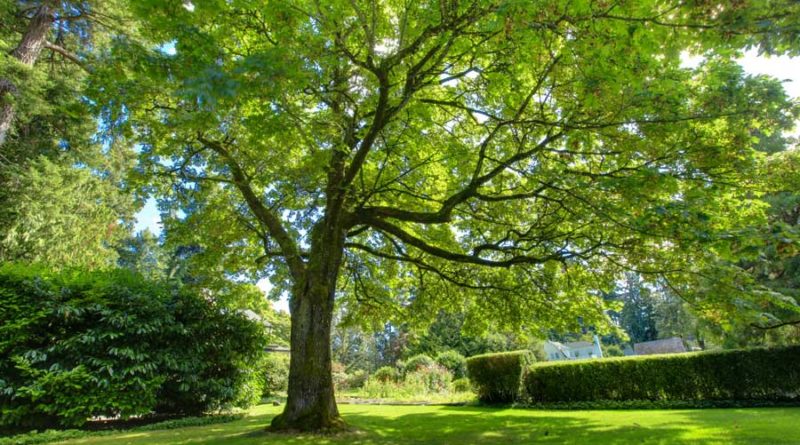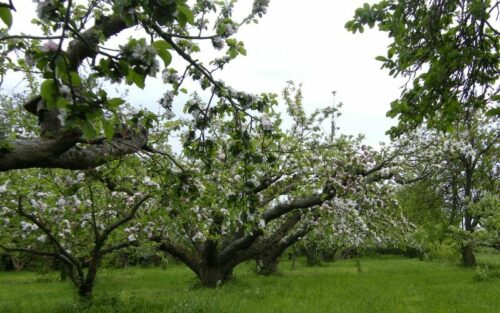Pruning Maple Trees
Maple Trees are shade trees, which means that they have many practical benefits for your home or business. For example, shade trees can reduce cooling costs indoors by reducing electricity usage.

Your energy costs could reduce by up to 25 percent with some strategically placed maple trees.
Shade trees also drop outdoor summer temperatures under their canopies by up to ten degrees. Their leaves also help convert carbon dioxide to oxygen. In order to fully realize the benefits of maple trees, it’s important to keep them properly trimmed.
During the first few years of planting a new tree, annual pruning will help develop a structure that is strong and visually pleasing. Occasional pruning may be necessary afterward in order to deal with broken or dying branches.
Similarly, branches may interfere with electric poles or traffic lights and need to be removed accordingly. However, if a healthy tree is planted somewhere that allows for ample room to grow, it may need little or no pruning after the first few years.
While pruning maple trees is sometimes necessary, it’s also important not to unnecessarily trim them.
Excessive pruning can weaken a tree, as it affects the food reserves stored in the stem. Try not to remove more than 20 percent of a maple tree’s branches, as this can reduce its ability to produce food through photosynthesis.
This would result in a slower-growing process. For new maple trees, pruning can help correct small structural problems. You can remove branches that are touching and crossing into each other, therefore preventing larger problems before they start.
Also, when choosing which limbs to prune, remember that branches with wide-angle crotches are best, as they are stronger. Branches with narrow-angle crotches are weaker and therefore subject to storm damage as the tree grows.
When pruning up from the ground, keep in mind that branches contribute to the development of the trunk.
Allowing lower branches to remain for the first one or two years will result in a stronger tree.
Prune a young tree up from the ground gradually. A good rule of thumb is to never have one-third of the total height of the tree uncovered with branches. When pruning mature trees, it is often a good idea to enlist the help of an insured professional, as it can be dangerous to work in large trees.
If you need to prune the treetop, only do a portion each year. If an old tree is too heavily top-pruned, it can leave the tree susceptible to sun-scald which can kill the bark because of too much direct sun exposure.
A good time to prune maple trees is late spring during the full-leaf time. This will allow for the quickest healing time. Avoid excessive pruning in late summer or fall, as it will remove nutrients stored in branches.
If this happens before the nutrients have been transferred to the trunk and roots, it can be detrimental to the tree.
Fall pruning also makes trees susceptible to injury from freezing.
By following some simple guidelines, you can be sure your maple trees will be a lovely, enduring part of your landscape.


